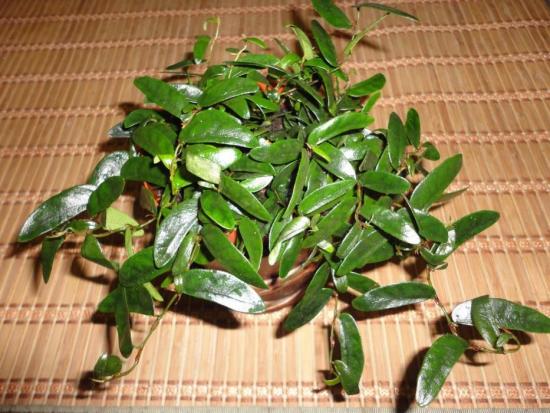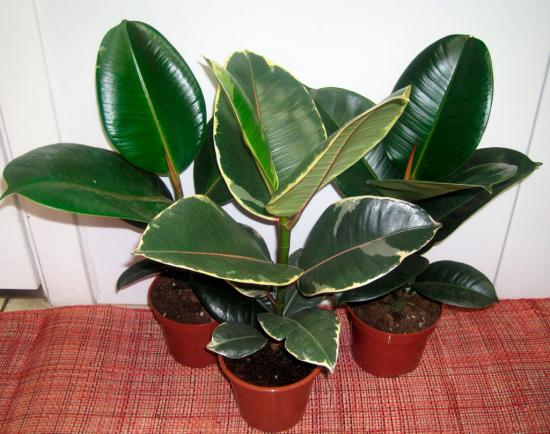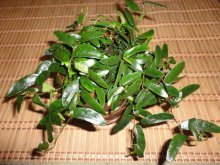What to do if a ficus sheds its leaves: recommendations from experts

Ficus is one of those indoor plants that do not require special attention. Apartment conditions for healthy growth are completely suitable for it, and the requirements for caring for a mulberry plant do not differ at all from the standard requirements for indoor flowers. However, even such an unpretentious representative as ficus benjamina, human help may be needed if the root system is diseased.
Content:
- Root rot. Description of the disease
- Why is rotting dangerous and how does infection occur?
- Treatment methods
Root rot. Description of the disease
Unfortunately, like any other plant, Benjamina ficus is susceptible to various diseases and fungal infections. Root rotting is considered the most common. Root rotting occurs due to improper watering and insufficient oxygen supply to the soil. This is a bacterial disease that can destroy the plant if urgent measures are not taken and the ficus is not rid of rotten roots and the soil in which it was located.
How to prevent rotting of the root system and all diseases in general? What to do if the ficus drops its leaves? There may be several reasons for this:
- aging of a mulberry representative
- negative impact of pests
- other factors that caused the plant to wilt
But if the flower is young and pests After a thorough inspection, it was not found, you should look at the soil in the pot to see if there is a rotten smell from the soil. Factors influencing unhealthy changes in the condition of indoor ficus are excessive humidity and lighting problems.

Incorrect lighting. The presence of completely brown leaves or brownish spots indicates that direct sunlight has burned the leaves. To prevent leaf burns in the future, it is necessary to shade the window or remove the flower from direct sunlight. In poor lighting, leaves may also fall off. And the flower itself will look limp.
A small redevelopment will help correct the situation - you need to think about where the flower will receive full sunlight, but so as not to burn the leaves. Humidity. Leaves may fall off due to insufficient watering. But excessive watering promises rotting of the root system and a putrid odor emanating from the soil, as well as the appearance of brownish to dark brown, almost black spots.
To regulate moisture, you can use a regular flower tray and moistened expanded clay.
Even if in general ficus looks quite healthy, it is necessary to inspect the new shoots. If they are thin and lethargic, and not rich in foliage, it means that the ficus does not have enough nutrients. This can also happen in low light conditions. Increasing the dose of fertilizer will help protect the vital activity of the plant and give it a healthy, blooming appearance. And on warm days, you can take it out to the balcony so that the plant can breathe fresh air and gain strength.
Why is rotting dangerous and how does infection occur?
If you do not prevent the ficus from root rot in time, the following changes can be observed:
- The soil in the flower pot becomes crusty, which means that in addition to improper watering, there is an insufficient supply of oxygen to the root system. Consequently, the wrong soil has been selected or the soil mixture has not been replaced for a long time.
- A clear sign of a progressive root rot problem is rapidly darkening and falling leaves.
If the problem is not noticed in time, the plant may die. During the first stage of rot, a rotten smell may appear from the soil around the stem. Rotting occurs from areas affected by the fungus and spreads through the root system through the stem to the leaves. The first reaction is falling leaves. This is a key signal that something is wrong with the plant. Then you can notice the appearance of a crust around the stem. The stem itself ficus Over time, it will become covered with dark spots and wither until it dries out completely.
Treatment methods
Video on how to fight diseases in ficus:
Removing rotten roots
If rot is detected on the root system, a number of actions should be taken:
- Remove the plant from the flower pot.
- Next, the rotted roots are trimmed.
- Powdered charcoal is applied to the cuts.
- Transplant the ficus into a new pot, smaller in size than the previous one.
To treat the root system, you will need the drugs Epin and Zircon. The solution prepared in accordance with the instructions is applied to the stem down to the ground and leaves of the ficus.
Transplanting a plant
In rare cases, when soil If you just notice a rotten smell in the root system, you can try:
- transplant the ficus into a new pot and replace the soil
- change nutrient intake and watering frequency
- How to prevent infection? Prevention methods
To prevent rotting of the ficus root system, it is enough to follow the following simple rules:
- Systematically change the top layer of soil - 1-2 times a year is enough. Approximately 2-4 cm of old soil is replaced with new soil supplemented with micronutrients.
- Systematically feed with pesticides. However, it is necessary to follow the dosage indicated in the instructions. An increased dose of chemical protection agents can cause the death of not only pests, but also the ficus itself.

Ficus reacts unambiguously to any stress - lack of nutrients or their excess, lack of water, moisture or light. Namely, it sheds its leaves. It is enough to simply monitor the condition of the plant; it will tell you when additional care. Treat your indoor plants with love, and they will delight you with flowering for many years.











Comments
I have several types of ficus. Obviously, the climate in my apartment is favorable for them, since I don’t have any problems with these flowers. They stand on my east window; I water them as the soil dries out. And they, in turn, delight me with abundant greenery.